Intro
Discover how Methylprednisolone works through 7 key mechanisms, reducing inflammation, suppressing immune responses, and alleviating symptoms of conditions like arthritis, asthma, and allergies, with its potent corticosteroid effects.
Methylprednisolone is a synthetic corticosteroid that has been widely used in the medical field for its potent anti-inflammatory and immunosuppressive properties. It is commonly prescribed to treat a variety of conditions, including allergic reactions, asthma, and certain types of arthritis. The medication works by mimicking the effects of cortisol, a hormone produced by the adrenal gland that plays a crucial role in regulating the body's response to stress, inflammation, and infection. In this article, we will delve into the 7 ways methylprednisolone works, exploring its mechanisms of action, benefits, and potential side effects.
Methylprednisolone is a versatile medication that can be administered orally, intravenously, or via injection, depending on the specific condition being treated. Its effects can be both systemic and localized, making it a valuable treatment option for a range of medical conditions. From reducing inflammation and suppressing the immune system to treating allergic reactions and certain types of cancer, methylprednisolone has proven to be a highly effective medication. As we explore the 7 ways methylprednisolone works, we will examine the science behind its mechanisms of action and discuss its practical applications in the medical field.
The importance of understanding how methylprednisolone works cannot be overstated. By grasping the underlying mechanisms of this medication, healthcare professionals can better appreciate its potential benefits and limitations, ultimately leading to more effective treatment outcomes. Furthermore, patients who are prescribed methylprednisolone can benefit from a deeper understanding of how the medication works, allowing them to make informed decisions about their treatment and take a more active role in managing their condition. As we explore the 7 ways methylprednisolone works, we will provide a comprehensive overview of this medication, covering its benefits, side effects, and potential interactions with other medications.
Introduction to Methylprednisolone
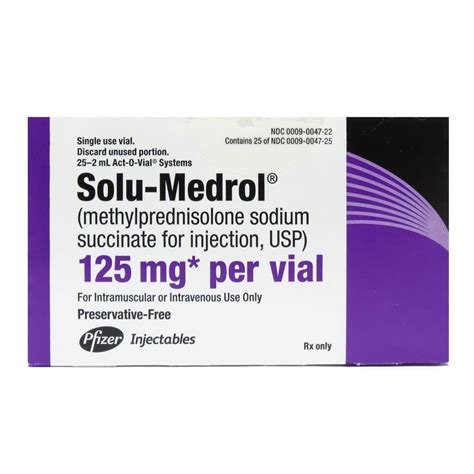
How Methylprednisolone Works
Methylprednisolone works by binding to specific receptors in the body, triggering a range of downstream effects that can help to reduce inflammation and alleviate symptoms. The medication can be administered orally, intravenously, or via injection, depending on the specific condition being treated. Its effects can be both systemic and localized, making it a valuable treatment option for a range of medical conditions. From reducing inflammation and suppressing the immune system to treating allergic reactions and certain types of cancer, methylprednisolone has proven to be a highly effective medication.The 7 Ways Methylprednisolone Works
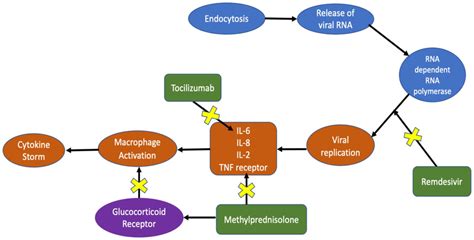
Benefits of Methylprednisolone
The benefits of methylprednisolone are numerous and well-documented. The medication has been shown to be highly effective in reducing inflammation and alleviating symptoms in a range of medical conditions. Its anti-inflammatory and immunosuppressive properties make it a valuable treatment option for conditions such as arthritis, asthma, and certain types of cancer. Additionally, methylprednisolone can be used to treat allergic reactions, reduce swelling, and improve lung function in patients with respiratory diseases.Side Effects of Methylprednisolone
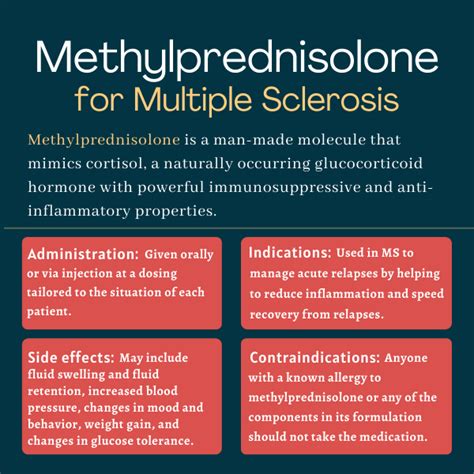
Contraindications and Interactions
Methylprednisolone is contraindicated in patients with certain medical conditions, including: * Active infections * Peptic ulcers * Glaucoma * Cataracts * Osteoporosis The medication can also interact with other medications, including: * Blood thinners * Diabetes medications * Blood pressure medications * AntidepressantsPractical Applications of Methylprednisolone
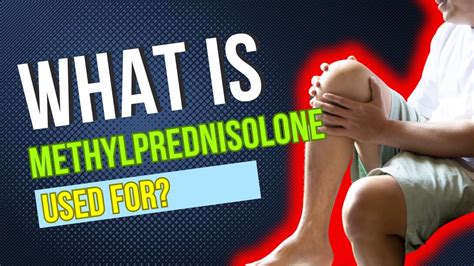
Real-World Examples of Methylprednisolone Use
Methylprednisolone is commonly used in real-world clinical practice to treat a range of medical conditions. For example, the medication may be prescribed to patients with severe asthma to reduce inflammation and improve lung function. In patients with rheumatoid arthritis, methylprednisolone may be used to reduce joint inflammation and alleviate symptoms. The medication may also be used to treat allergic reactions, such as anaphylaxis, and to reduce swelling and inflammation in conditions such as tendonitis and bursitis.Conclusion and Future Directions
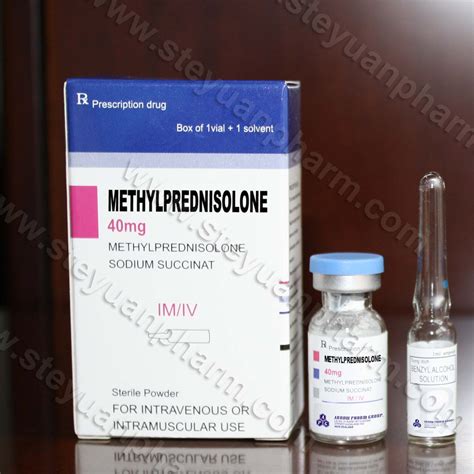
Final Thoughts and Recommendations
In final thoughts, methylprednisolone is a powerful medication that should be used under the guidance of a qualified healthcare professional. Patients who are prescribed methylprednisolone should be aware of its potential benefits and side effects, as well as its potential interactions with other medications. By working closely with their healthcare provider, patients can maximize the benefits of methylprednisolone while minimizing its risks. As we look to the future, it is clear that methylprednisolone will continue to play an important role in the treatment of a range of medical conditions, and its potential applications will only continue to grow.We invite you to share your thoughts and experiences with methylprednisolone in the comments section below. Have you been prescribed methylprednisolone for a medical condition? What were your experiences with the medication? Do you have any questions or concerns about methylprednisolone? We encourage you to share your perspectives and engage in a discussion with our community.
What is methylprednisolone used for?
+Methylprednisolone is used to treat a range of medical conditions, including allergic reactions, asthma, and certain types of arthritis.
How does methylprednisolone work?
+Methylprednisolone works by binding to specific receptors in the body, triggering a range of downstream effects that can help to reduce inflammation and alleviate symptoms.
What are the side effects of methylprednisolone?
+Methylprednisolone can cause a range of side effects, including weight gain, mood changes, insomnia, and increased appetite.
Can methylprednisolone be used to treat cancer?
+Yes, methylprednisolone can be used to treat certain types of cancer, including lymphoma and leukemia.
How long does it take for methylprednisolone to work?
+The time it takes for methylprednisolone to work can vary depending on the specific condition being treated and the individual patient's response to the medication.
